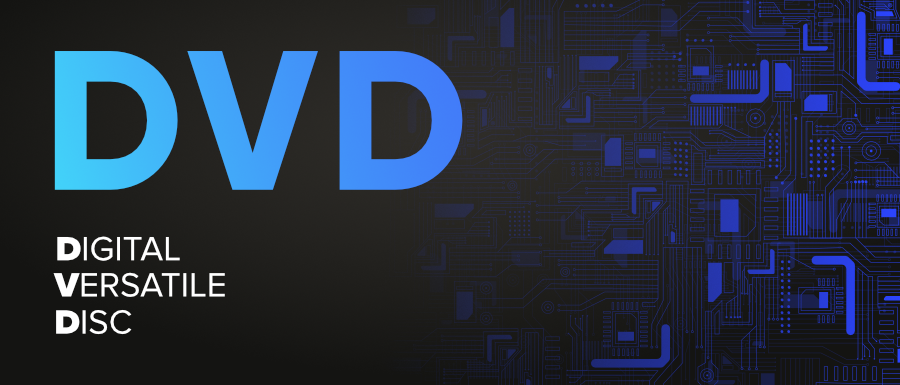DVD Full Form
Last Updated :
03 Aug, 2023
A DVD is used for storing digital data and it is a type of optical media. the size of DVD is same as size of CD but has a larger storage capacity then CD. DVD and CD both are storage devices. Some DVDs contain video playback, while others may contain different software programs and computer files.
What is a DVD?
DVD stands for Digital versatile disk. DVD is a digital optical disc storage format. DVDs can also be known as “Digital video disc”. DVD technology allows for the storage of a large amount of data using digital technology. DVDs can store up to 17 gigabytes, compared to the storage capacity of a compact disc (CD). DVD-Video became the dominant form of home video distribution in Japan when it first went on sale in 1995. It is a highly compact disc. This disc can store enough data for about 17GB. You must have a DVD disc drive or player to use DVD discs. It stores a large amount of data.

History of DVD
The DVD was initially created to replace VHS recordings, but it quickly gained popularity as a means of data storage. The audio CD was created as a form of entertainment in 1972. Two video disc formats, the Multimedia Compact Disc (MMCD) and the Super Density (SD) disc, were being developed in 1993. DVD replaced CD as a data storage and entertainment format in 1997. The first DVD release was Twister on March 25, 1996.
Types of DVD
On the basis of applications, DVD can be categorized in three different ways as described below:
- DVD-R: DVD-R is similar to CD/R which offers a write once, read many storages format. This is used to record any type of data.
- DVD-ROM: Is a high capacity storage medium. DVD ROM used for reading and cannot be written.
- DVD-RW: DVD-RW was first re_writable(erasable) disc. this DVD can be read, written, erased, and rewritten.
How Much Data Can Store in DVD?
- The single-sided, single-layer, 4.7 GB DVD is one of the most widely used DVDs.
- The double-layer, single-sided disc has a storage capacity of 8.5-8.7 GB.
- 9.4 GB can be stored on the single-layer, double-sided disc.
- The double-sided, double-layer disc has a capacity of up to 17.08 GB despite being uncommon.
Characteristics of DVD
- DVDs are used to hold very large files.
- DVDs are portable.
- Better Interactivity.
- DVD are used by software companies for distributing software programs and data.
Advantages of DVD
- It can store large amount of data.
- It does not transmit virus.
- It digitally recorded is reliable.
- It is Durable.
- Not susceptible to magnetic fields. Resistant to heat.
- DVD player can read CD’s.
Disadvantages of DVD
- Not fully supported by HDTV.
- Incompatibility of discs and players.
- There is no single standard of DVD.
- Copy protection.
- DVD’s do not work in CD ROM drives.
FAQs On DVD
Q.1: What was the first DVD?
Answer:
The movie Twister was the first feature film put on DVD on March 25, 1996.
Q.2: What is physical measurement of DVD?
Answer:
A DVD have mainly in two dimensions.
- 12 cm(120mm): The most popular size is 12 cm (120 mm), which is typically used to store software, movies, operating systems, etc.
- 8 cm (80 mm): Small gadgets like portable music players, video cameras, etc. typically use this format of DVD.
Q.3: What makes CDs and DVDs apart from one another?
Answer:
A DVD and CD both have the same visual look. On the equally sized discs’ marked and unmarked sides, a laser reads the data. As mentioned in the introduction, the same-sized disc might be able to store more data than a CD thanks to DVD technology.
Like Article
Suggest improvement
Share your thoughts in the comments
Please Login to comment...